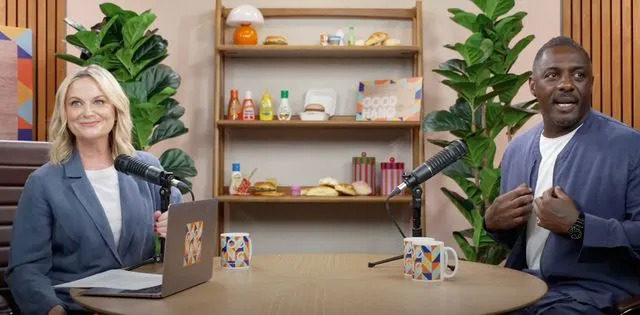The Ingenious, Joke-a-Minute Family Show That’s Like the Best of Looney Tunes and The Simpsons
 Yahoo is using AI to generate takeaways from this article. This means the info may not always match what's in the article. Reporting mistakes helps us improve the experience.Generate Key Takeaways
Yahoo is using AI to generate takeaways from this article. This means the info may not always match what's in the article. Reporting mistakes helps us improve the experience.Generate Key TakeawaysI came to realize I was a devoted fan of the animated series The Amazing World of Gumball around the time that it made me laugh at the bare buttocks of an anthropomorphic banana.
In the opening moments of “The Butterfly,” one of more than 200 Gumball episodes that originally ran between 2011 and 2019, a talking bipedal fish named Darwin is peering through a microscope in his classroom and trying to make sense of the grainy, off-white sample he’s looking at.
As he fiddles with the focus, he wonders aloud: Is it a leaf? A small sandwich? Someone’s eye? No—a classmate named Banana Joe has removed just enough of his bright yellow peel to expose his pale rear end and thrust it under the lens, to Darwin’s disgust and the audience’s delight.
AdvertisementAdvertisement#_R_4hokr8lb2mav5ubsddbH1_ iframe AdvertisementAdvertisement#_R_8hokr8lb2mav5ubsddbH1_ iframeIn all likelihood, a lot of the viewers laughing at this gag are children, like my now-10-year-old son, who’s been a faithful Gumball viewer for half his life. He finds the show endlessly rewatchable, and he long ago converted me to the cause via repeated viewings from the family couch.
But I don’t think I’m suffering from a parental form of Stockholm syndrome when I say that Gumball—which this month returns on Hulu, with new episodes, more than six years after its last season concluded on Cartoon Network—is a special show. It’s that rare series that has transcended its origins in children’s entertainment to become the kind of show people of all ages would find funny—maybe even a definitive show of its era. And its hiatus and comeback have something to tell us about the overall state of animation today.
The premise of Gumball is deliberately simple and deceptively formulaic. The show, which takes place in the fictional town of Elmore (inspired by the Bay Area city of Vallejo, California), follows the quotidian adventures of a suburban family: the mischievous protagonist, Gumball Watterson; his hardworking, overstressed mother, Nicole; his layabout father, Richard; his brainy sister, Anaïs; and Darwin, his adopted brother and sidekick. All of these characters are presented as traditional, two-dimensional cartoons, and the fixed camera angles and transitional musical jingles played between scenes give it the feel of a classic American sitcom.
But while this setup resembles that of any number of animated sitcoms, from The Simpsons and Family Guy to Bob’s Burgers and Bluey, the similarities end there. Even within the family, I should probably have mentioned, Gumball and his mother are cats; his father and sister are rabbits; and their adopted brother is a fish (eventually causing Darwin a bit of existential angst when he realizes he can’t be a close biological relation of the cats and rabbits in his family). The animation styles—usually presented in front of a photographic background—are as varied as the rest of the cast. The Wattersons’ detestable neighbors, the Robinsons, are Muppet-like foam puppets. Elmore’s leading police officer is a talking donut, rendered in 3D. And Gumball’s classmates include Teri, a gentle bear who looks like a crumpled scrap of paper; Alan, a friendly balloon with a face drawn on it; and the inscrutable Sussie, who is just a person’s face turned upside-down with googly eyes pasted on their chin. If you’re wondering whether there’s also a clay-animation character, well, that would be Clayton. (He’s a sentient ball of clay.)
AdvertisementAdvertisement#_R_55okr8lb2mav5ubsddbH1_ iframe AdvertisementAdvertisement#_R_95okr8lb2mav5ubsddbH1_ iframeThis only scratches the surface of the show’s impish, infinitely inventive sensibility. Take the episode I mentioned earlier, “The Butterfly.” That opening scene (about Banana Joe’s butt) is simply a lead-in to a longer riff on the butterfly effect, the theory that a small change in one location can have significant impacts elsewhere. We see how a small action by Gumball and Darwin—the release of a butterfly from their classroom—has a cascade of catastrophic effects around Elmore, beginning with a fight between two construction workers and culminating with a kaleidoscopic, domino-like chain of citizens tripping over each other that features nearly every single character on the show. In a single 11-minute segment, I’m fairly sure I picked up on references to Forrest Gump, Swan Lake, and Monty Python and the Holy Grail. (Not for nothing, an episode of Gumball may often be credited to five or six different writers.)
Other Gumball episodes play around with classic sitcom tropes (Gumball realizes he’s late for a date with his girlfriend), or poke fun at the insular internet cultures (“The Line” takes place in the long queue for the new Stellar Odyssey film, titled The Force Rehashed). They may be musical ruminations on the meaning of love or the purpose of life, or satires on the phenomenon of TV spinoffs or the scourge of action-figure merchandising. One is even a parody of every child’s favorite Hitchcock film noir, Strangers on a Train.
But I still haven’t gotten to what I think is easily the show’s finest installment. In an episode from the sixth season called “The Lady,” Gumball discovers that his unemployed father has been sneaking out of the house to some mystery assignation. He thinks Richard is having an affair when, in fact, he’s been dressing up as an older woman (who turns out to be a caricature of Rue McClanahan) and hanging out with other older women who are clearly meant to be Bea Arthur, Betty White, and Estelle Getty (with voice actors providing the appropriate impersonations), who he befriended in his loneliness. While the episode is a pretty on-the-nose tribute to The Golden Girls, it’s also a gentle parable about tolerance for Gumball’s father.
While the current gold standard for children’s animation is probably Bluey—and please don’t send me your hate mail, I love it too—Gumball is trying to do something different, and that is the source of some of its strengths. It isn’t trying to recapture the innocence of youth so much as it is looking to harness the carefree anarchy of being 12 years old and having nothing more pressing to worry about than your math homework. Things don’t always work out in the end for Gumball’s characters, and the show isn’t always trying to teach its viewers a lesson, but there’s still value in its irreverent perspective on childhood. Indeed, at the risk of saying something sacrilicious, I’d put Gumball’s best episodes alongside not so much Bluey as the golden age of The Simpsons or even the MGM and Warner Bros. shorts of legendary Looney Tunes animators like Chuck Jones and Tex Avery. It’s the rare show that, after carefully constructing the rules of its world and the characters who populated it, figured out it had the freedom to do whatever it wanted.
AdvertisementAdvertisement#_R_5pokr8lb2mav5ubsddbH1_ iframe AdvertisementAdvertisement#_R_9pokr8lb2mav5ubsddbH1_ iframeWith the show being so firmly rooted in American influences, I was surprised to learn that the creator of Gumball, Ben Bocquelet, is French. In a Zoom conversation last month, the shaggy, self-deprecating Bocquelet, 45, told me about his growing up in a working-class household in the suburbs of Marseille (with a mother named Nicole, a father named Richard, and a sister named Anaïs). “It was kind of chaotic, but we always had a really good laugh,” Bocquelet said of a 1990s-era childhood he spent watching Japanese animation as much as the cartoons of Hanna-Barbera, the animation studio behind shows like The Flintstones and Scooby-Doo, Where Are You!, which eventually became his employer.
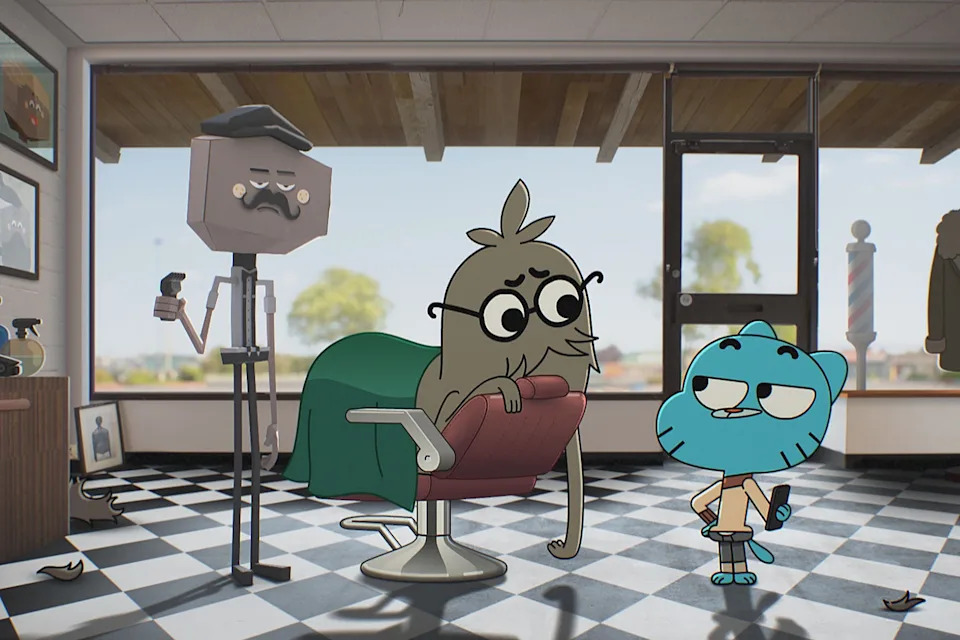 Hanna-Barbera Studios Europe
Hanna-Barbera Studios EuropeNot surprisingly, Bocquelet also discovered American TV shows like The Simpsons—which is itself a dense distillation of American popular culture—as well as The Golden Girls, which he was introduced to by an uncle and would watch on French TV at 5 o’clock in the morning. (The only viewers watching at that hour, Bocquelet explained, were either “the gay crowd coming back from the club or young kids, like I was, waiting for it to come on.”)
When he was first pitching Gumball—the show was eventually produced by Cartoon Network Studios Europe—Bocquelet said he was trying to create “a sandbox that would allow us to tell any kind of story and be able to twist it in a funny way.” To that end, he was fortunate to have a whole inventory of characters that he’d already created for various commercials that were never fully produced or aired. “They were in various styles and techniques that nobody really cared for,” he said, “and I’d been paid to make them, but then I found a way to sell them again.”
By his own admission, Bocquelet said he perhaps played it too safe in Gumball’s first seasons but felt the show started hitting its stride the following year. One crucial development, he said, was just getting relentless with the sheer number of jokes in every scene, a “blitz attack” strategy adopted from The Simpsons, Mel Brooks movies, and Zucker-Abrahams-Zucker comedies like Airplane! “Maybe it comes from being desperate to please or get a laugh, but it’s a method that works,” Bocquelet said.
AdvertisementAdvertisement#_R_6lokr8lb2mav5ubsddbH1_ iframe AdvertisementAdvertisement#_R_alokr8lb2mav5ubsddbH1_ iframeBocquelet did not seemed too concerned about what age group Gumball should be aiming its jokes at or whether any particular joke might happen to go over a younger viewer’s head. “I always look at children the same way I would look at an adult—they have the same amount of capacity to reflect, and they’re a lot more observant than adults in many ways,” he said. He, too, counted himself as an admirer of Bluey, but he saw a clear difference between its characters and Gumball’s: “They show the right example and we show what you shouldn’t be doing.”
This frenetic approach seemed to serve Gumball well over its original six-season run, which ended on a tantalizing cliffhanger about Elmore’s colorful denizens being transformed into (gasp!) human beings and the town itself being threatened by a mysterious, static-filled void that had suddenly sprung open. (These episodes were also followed by two miniseries, Darwin’s Yearbook and The Gumball Chronicles, that combined old clips with new footage.) In 2021, Cartoon Network announced its plans to produce a Gumball movie as well as further episodes of the show that would run on a new streaming platform called HBO Max.
But years went by and the promised new content never materialized. While younger fans might satisfy themselves with the existing Gumball library or simply move on to other programs, their parents could see what was going on behind the scenes. After unleashing a tidal wave of planned new TV shows and movies, Warner Bros. Discovery, the parent company of Cartoon Network and HBO Max, started closing the floodgates amid a downturn in entertainment production. The 2022 merger that gave us Warner Bros. Discovery, bringing together the home of Bugs Bunny with the network that gave us Naked and Afraid and Moonshiners: Master Distiller, had also turned out to be a somewhat awkward pairing. (The conglomerate has recently restored the name of HBO Max after a period where it was inexplicably shorted to Max, and it is currently exploring the idea of consciously uncoupling the businesses into two separate companies.)
Amid this upheaval, the company’s animation division was hit by layoffs, consolidation, and reshuffling. A Bloomberg Businessweek article in May reported that advertising revenue for Cartoon Network and its grownup sibling, Adult Swim, dropped from $668.3 million in 2014 to $133.7 million in 2024 and that only 13 percent of 10-to-12-year-old viewers have recently watched programming on HBO Max. Bloomberg Businessweek said that children’s programming was no longer a “core part” of the streaming service’s strategy.
AdvertisementAdvertisement#_R_79okr8lb2mav5ubsddbH1_ iframe AdvertisementAdvertisement#_R_b9okr8lb2mav5ubsddbH1_ iframeSome of its children’s projects were canceled outright, but Gumball (which is produced by Hanna-Barbera Studios Europe) survived, on another streaming platform. In the United States, its back catalog can now be seen on Hulu, which is owned by Disney, and its 40 new episodes will be available there starting July 28. Bocquelet, for his part, was circumspect in how he discussed this behind-the-scenes corporate drama but said it had no effect on how he made his series. “We changed networks, but the network didn’t change us,” he said.
For some reason, the show has been rechristened The Wonderfully Weird World ofGumball, which—as a Warner Bros. Discovery press representative told me in an email—“is a new series that continues the stories and events of the originalThe Amazing World ofGumball. Technically, it is not season 7 ofThe Amazing World ofGumball, but creatively, the new show feels like another season ofGumball.”
These could almost be lines of dialogue from the show. But I’m happy to report that the new Gumball—whatever title you want to call it—is just as cheeky, clever, and fascinated with rear ends as it used to be. Among the new episodes I was shown is one called “The Butts,” in which the school principal won’t let Gumball read a poem about his backside at a student poetry event—not because the principal feels it’s inappropriate, but because he’s self-conscious about his own posterior and has resorted to wearing a “butt wig” to cover up his shame.
What ensues is a comedic melodrama about body positivity that’s also a pitch-perfect parody of any earnest “very special episode” with a moral at the end. Only this one ends with the principal sending his students into a frenzy by performing a trap-style hip-hop song about his derrière. So welcome back, Gumball, and may your butt wig fly high and proud.


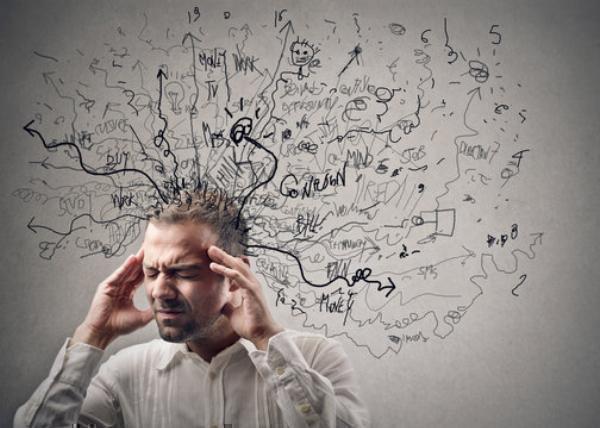





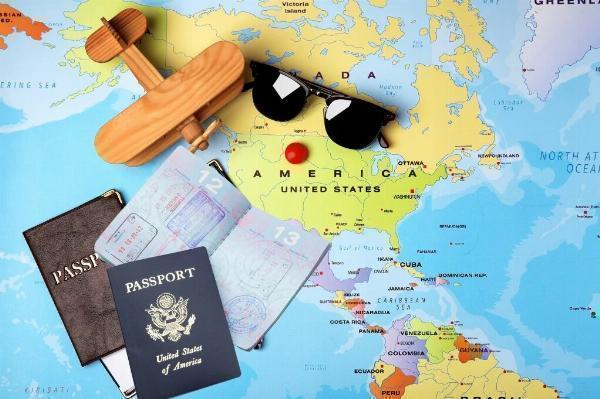

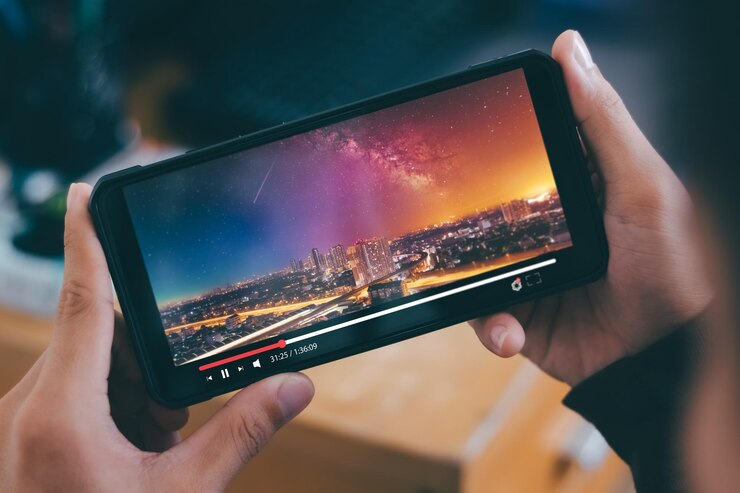
![How To Fix WordPress 403 Forbidden Error? [10 Easy Steps]](https://noticiasdecostarica.com/zb_users/upload/2025/07/20250728163532175369173238108.jpg)

